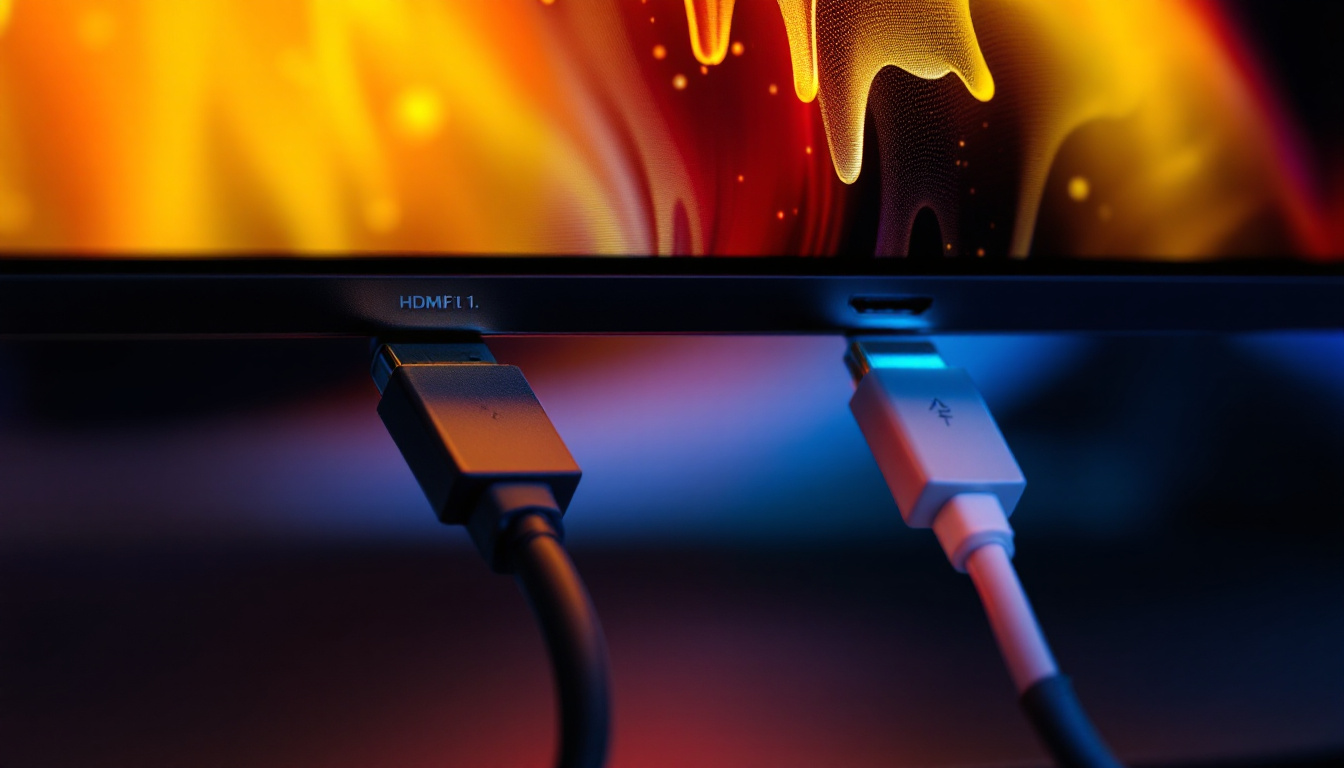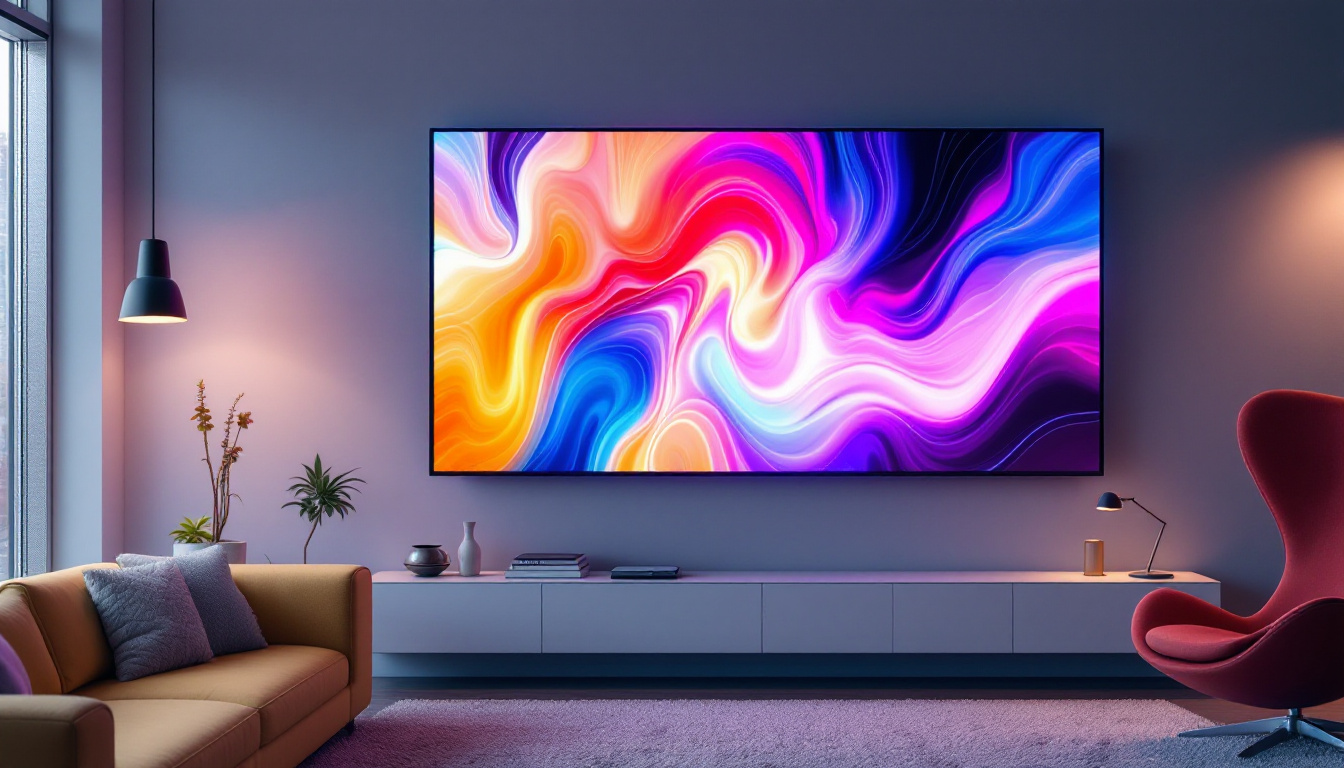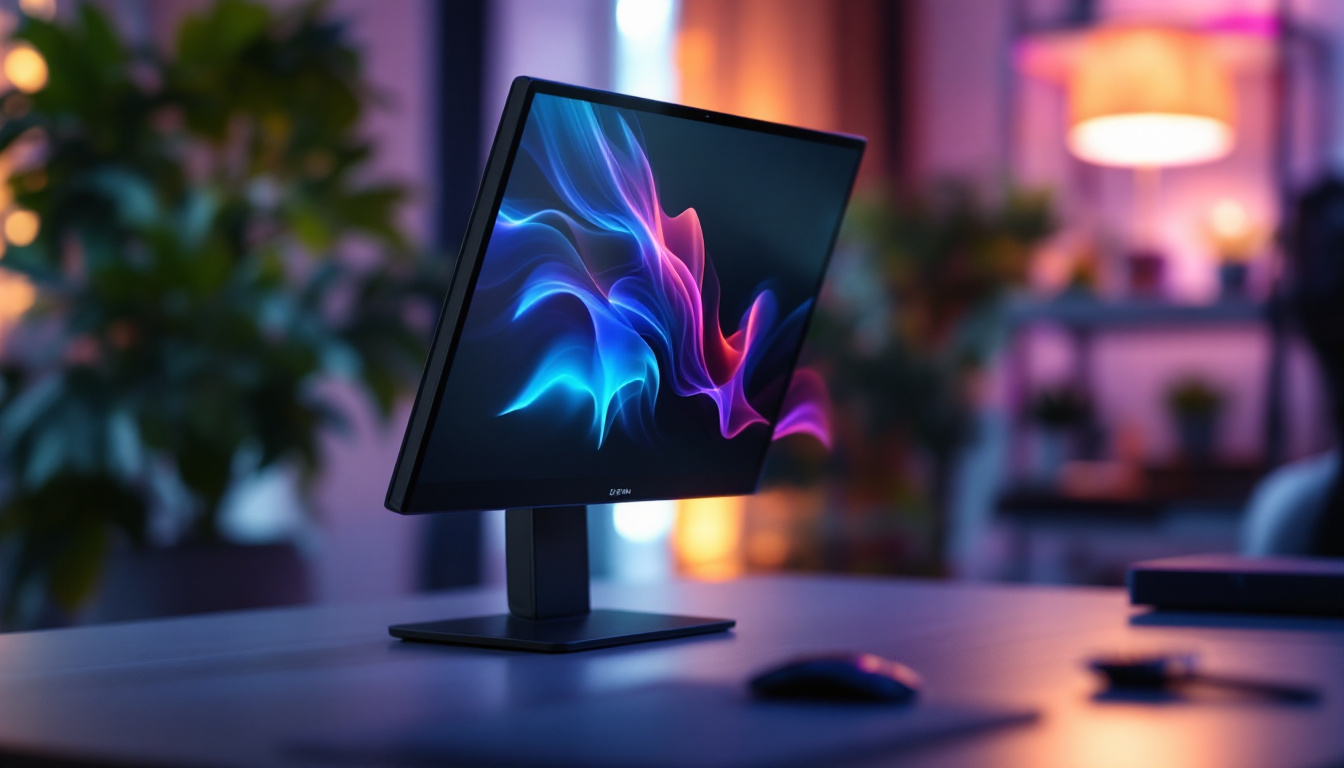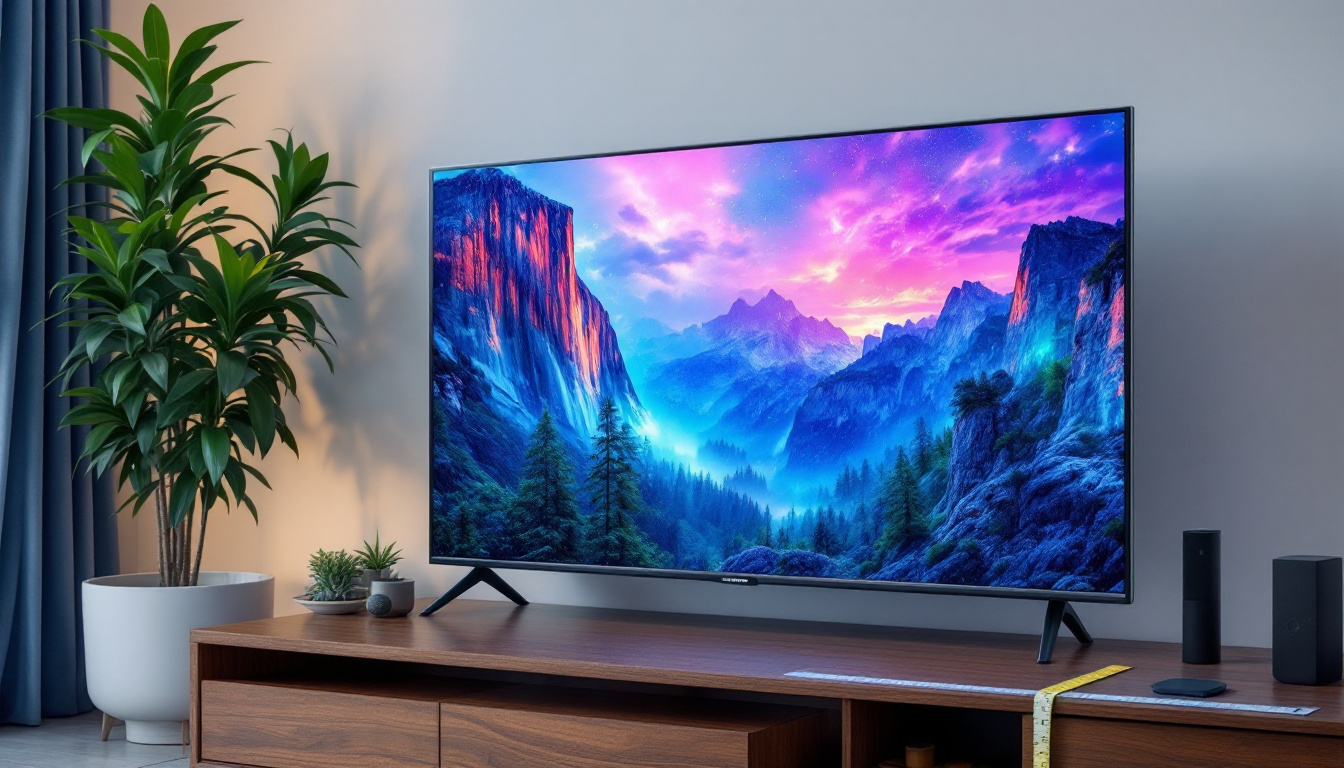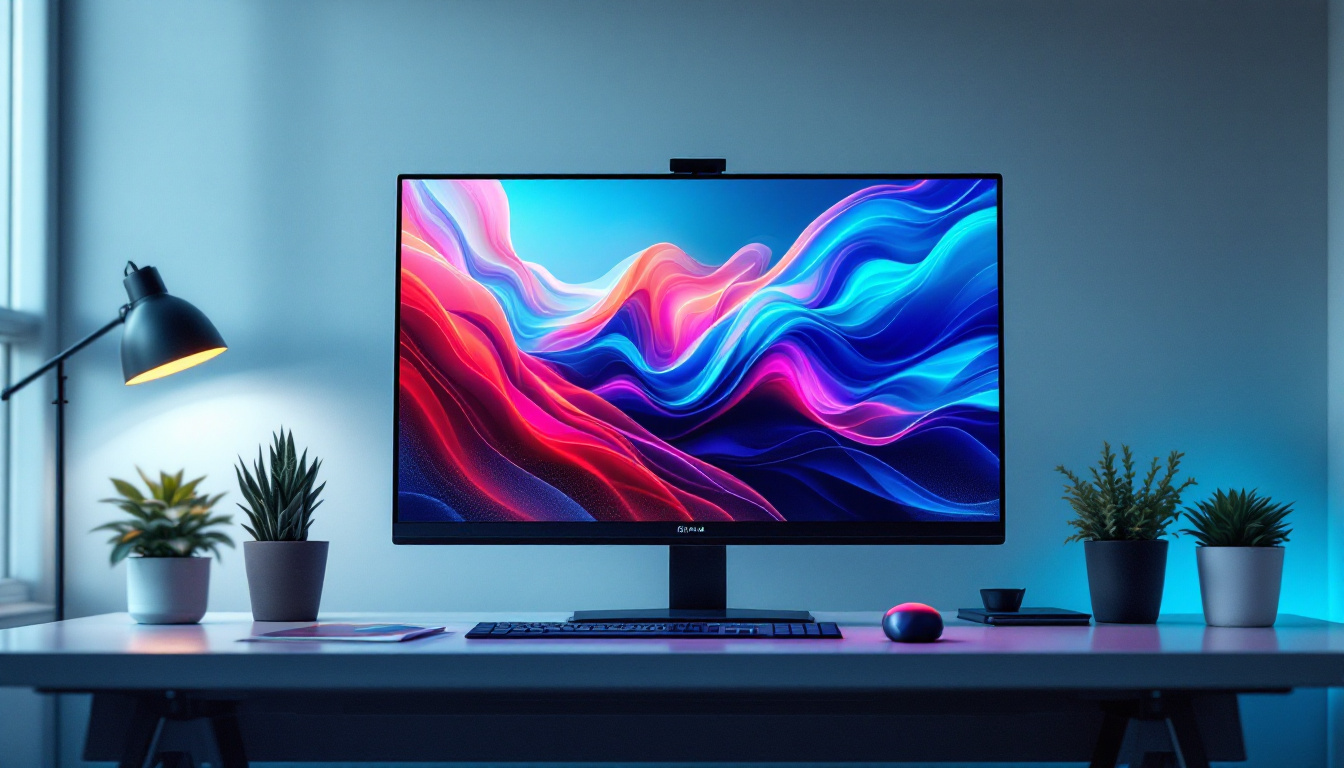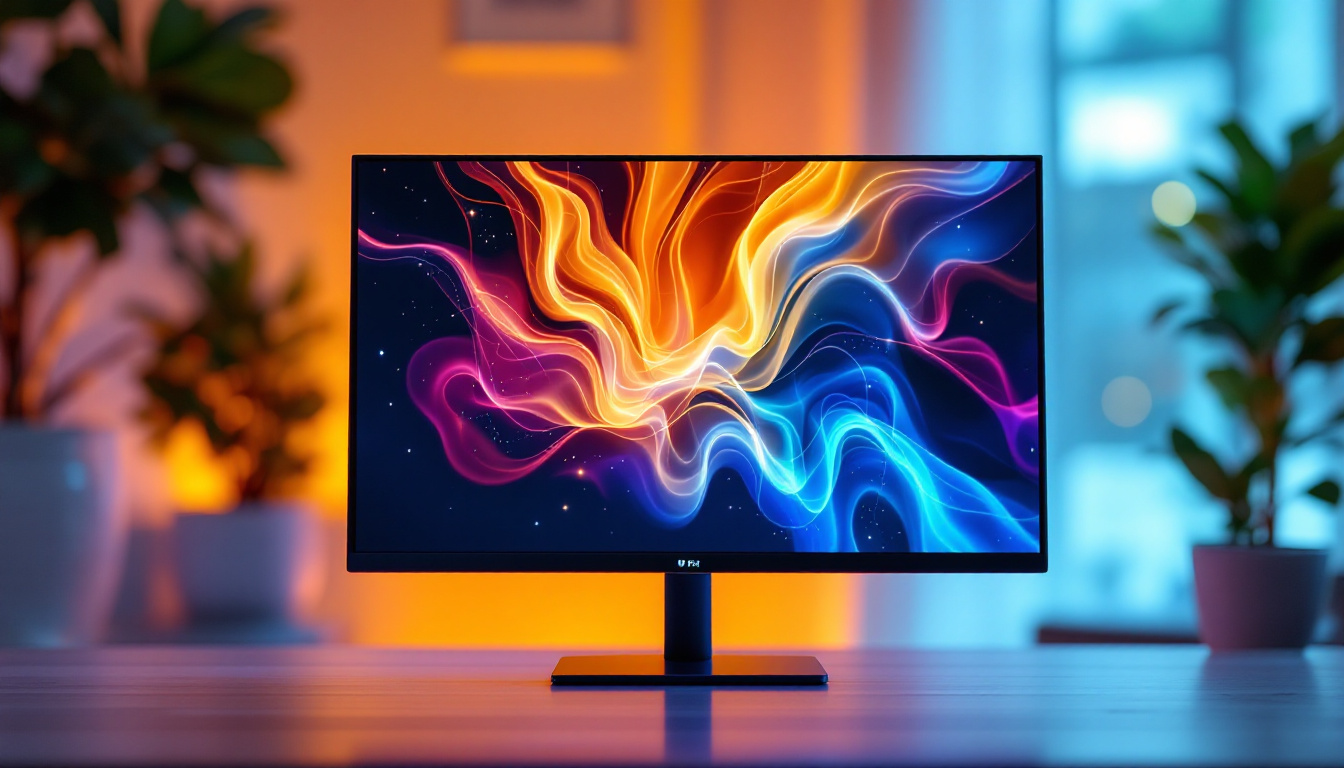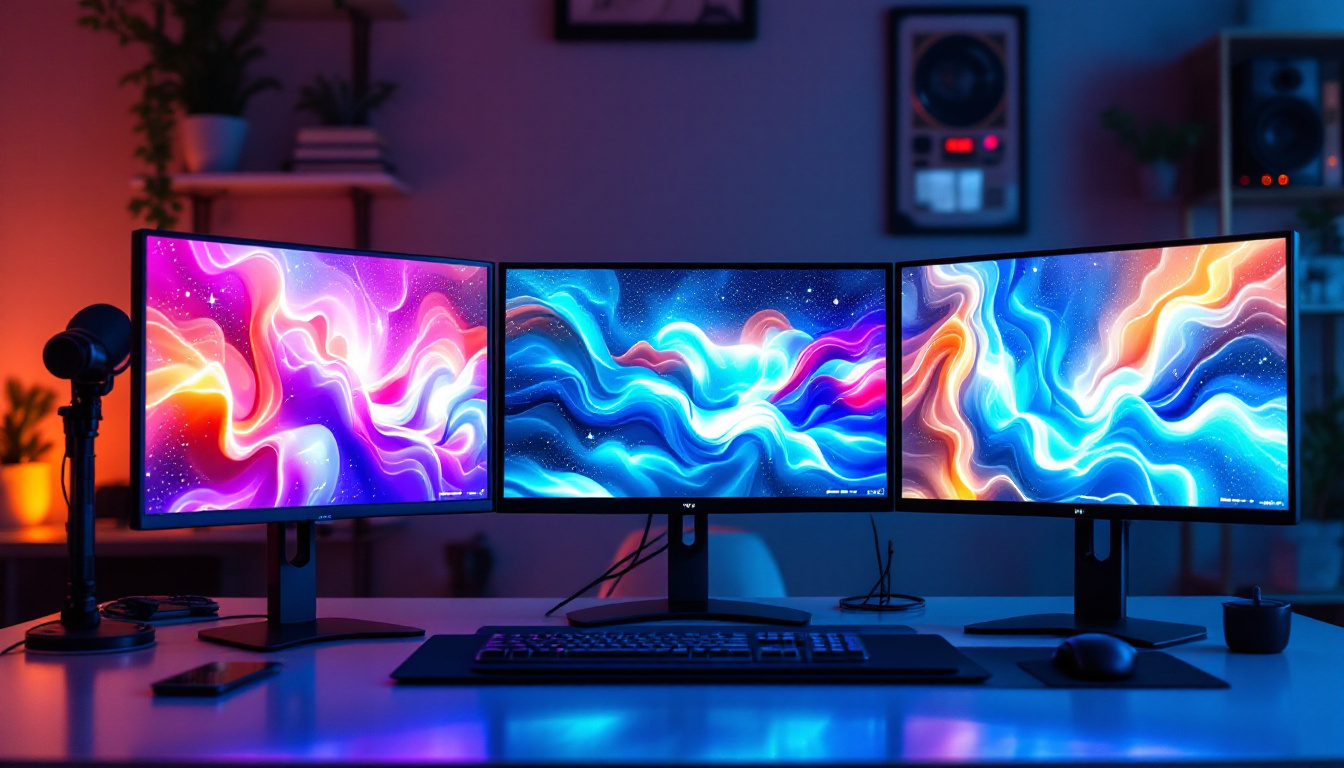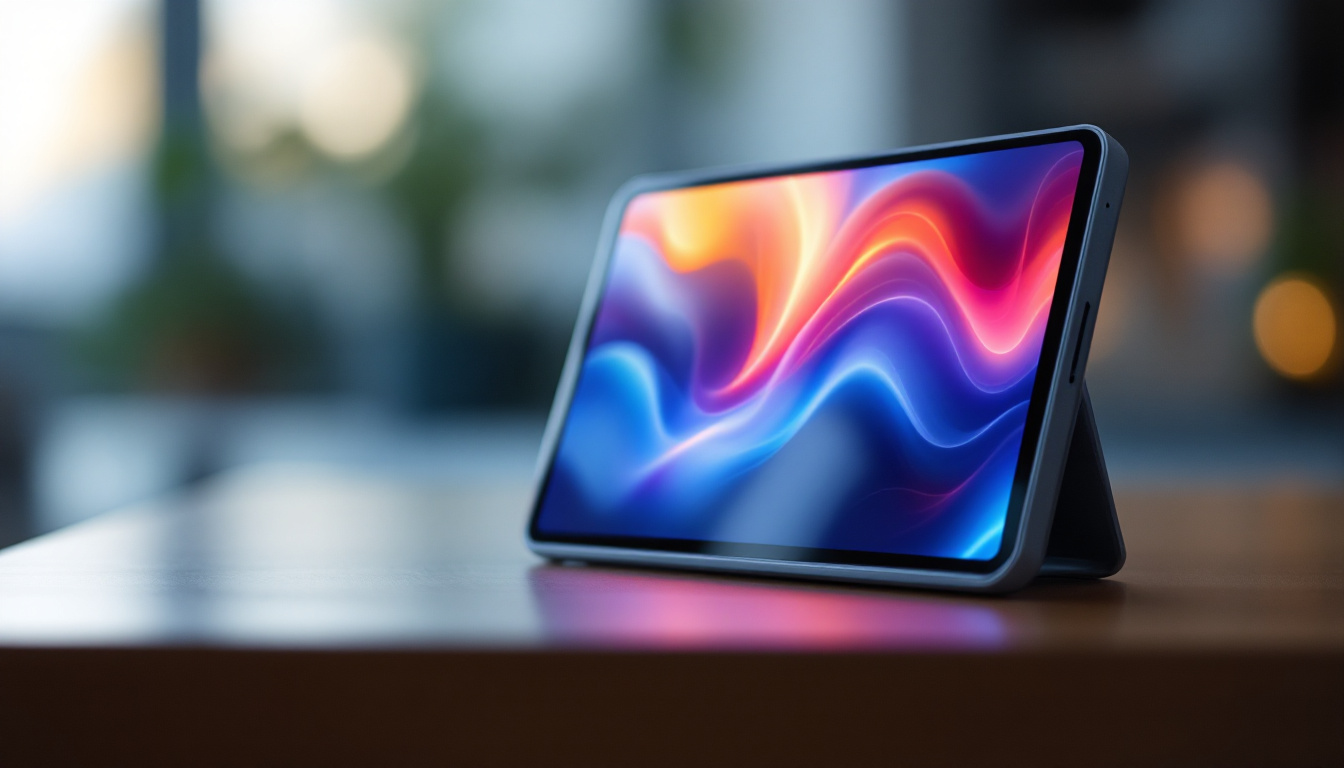In the world of digital displays, connectivity standards play a crucial role in determining the quality and performance of visual output. Among the most prominent standards are DisplayPort 1.4 and HDMI 2.1. Both technologies have their unique features and capabilities, making them suitable for different applications. This article delves into the intricacies of these two standards, comparing their specifications, advantages, and ideal use cases, particularly in the context of LED displays.
Understanding DisplayPort 1.4
Overview of DisplayPort 1.4
DisplayPort 1.4 was introduced by the VESA (Video Electronics Standards Association) in 2016 as an upgrade to its predecessor, DisplayPort 1.3. This version brought several enhancements, particularly in bandwidth and resolution capabilities. With a maximum bandwidth of 32.4 Gbps, DisplayPort 1.4 supports high resolutions and refresh rates, making it an excellent choice for gamers and professionals.
One of the standout features of DisplayPort 1.4 is its support for 8K resolution at 60Hz, which is a significant leap in visual fidelity. Additionally, it can handle HDR (High Dynamic Range) content, providing a broader color gamut and improved contrast. This makes DisplayPort 1.4 highly suitable for applications that require detailed graphics, such as video editing and gaming. The ability to display 8K content means that users can enjoy an incredibly immersive experience, whether they’re watching films or playing the latest AAA games, where every detail matters. Moreover, with the rise of 8K displays in the market, DisplayPort 1.4 ensures that users are future-proofed for high-resolution content.
Key Features of DisplayPort 1.4
DisplayPort 1.4 boasts several key features that enhance its usability:
- Multi-Stream Transport (MST): This allows multiple displays to be connected through a single DisplayPort output, simplifying setups and reducing cable clutter.
- Adaptive Sync: This technology reduces screen tearing in gaming by synchronizing the display’s refresh rate with the frame rate of the graphics card.
- Display Stream Compression (DSC): DSC enables the transmission of high-resolution video without noticeable loss in quality, allowing for more efficient bandwidth usage.
In addition to these features, DisplayPort 1.4 also supports a variety of audio formats, making it a versatile choice for home theater setups. It can transmit up to 32 audio channels and supports sample rates of up to 1536 kHz, ensuring that users experience high-fidelity sound alongside stunning visuals. This capability is particularly beneficial for audiophiles and gamers alike, as it allows for an immersive audio experience that complements the high-resolution video. Furthermore, the inclusion of features like Forward Error Correction (FEC) enhances the reliability of the signal, reducing the chances of data loss during transmission, which is crucial in high-performance environments.
Exploring HDMI 2.1
Overview of HDMI 2.1
HDMI 2.1, released in late 2017, represents a significant advancement over previous HDMI versions. With a maximum bandwidth of 48 Gbps, HDMI 2.1 is designed to support higher resolutions and refresh rates, making it particularly appealing for modern gaming consoles and high-end televisions. This standard is crucial for delivering immersive experiences, especially in 4K and 8K displays.
One of the most notable features of HDMI 2.1 is its support for 8K resolution at 60Hz and 4K at 120Hz. This capability is essential for gamers who demand high frame rates for a smoother experience. Additionally, HDMI 2.1 supports Dynamic HDR, which adjusts the HDR settings on a scene-by-scene basis, enhancing the viewing experience further.
Key Features of HDMI 2.1
HDMI 2.1 includes several innovative features that cater to the needs of modern users:
- Variable Refresh Rate (VRR): This feature helps eliminate lag and stutter during gameplay by synchronizing the refresh rates of the display and the source.
- Auto Low Latency Mode (ALLM): This automatically switches the display to low latency mode when a gaming device is detected, ensuring minimal input lag.
- Enhanced Audio Return Channel (eARC): This allows for high-quality audio formats to be transmitted back to a sound system, improving the overall audio experience.
Comparing Bandwidth and Resolution
Bandwidth Capabilities
When it comes to bandwidth, HDMI 2.1 holds a clear advantage over DisplayPort 1.4. With a maximum bandwidth of 48 Gbps compared to DisplayPort’s 32.4 Gbps, HDMI 2.1 can handle more data, which is particularly beneficial for high-resolution content. This increased bandwidth allows for higher refresh rates and better color depth, making it ideal for 4K and 8K displays.
However, DisplayPort 1.4’s support for DSC allows it to effectively transmit high-resolution content without overwhelming the bandwidth limitations. This means that while HDMI 2.1 may offer higher raw bandwidth, DisplayPort 1.4 can still deliver impressive performance for high-resolution applications.
Resolution and Refresh Rate Support
Both DisplayPort 1.4 and HDMI 2.1 support 8K resolution, but their refresh rate capabilities differ. DisplayPort 1.4 can handle 8K at 60Hz, whereas HDMI 2.1 can achieve 8K at 60Hz and 4K at 120Hz. This makes HDMI 2.1 particularly appealing for gamers who require high frame rates for a seamless experience.
In terms of 4K support, both standards can deliver exceptional performance. However, HDMI 2.1’s ability to support higher refresh rates at 4K makes it a more versatile option for gaming and high-speed content.
Compatibility and Connectivity
Device Compatibility
Compatibility is a crucial factor when choosing between DisplayPort 1.4 and HDMI 2.1. HDMI is widely used in consumer electronics, including televisions, soundbars, and gaming consoles. This widespread adoption makes HDMI 2.1 a more accessible choice for most users.
On the other hand, DisplayPort is commonly found in computer monitors and professional displays. It is particularly favored in the gaming and creative industries due to its support for high refresh rates and multiple displays. Users who prioritize multi-monitor setups or high-performance gaming may find DisplayPort 1.4 to be the better option.
Cable and Connector Differences
When it comes to cables and connectors, HDMI and DisplayPort have distinct designs. HDMI connectors are typically smaller and more compact, making them easier to fit into tight spaces. DisplayPort connectors are larger and feature a locking mechanism, which can provide a more secure connection, especially in setups where cables may be frequently unplugged.
Both standards offer different cable lengths and types, but it’s essential to ensure that the cable used supports the desired resolution and refresh rate. For example, using an older HDMI cable may limit the performance of HDMI 2.1 features.
Use Cases: When to Choose Which Standard
Gaming Scenarios
For gamers, the choice between DisplayPort 1.4 and HDMI 2.1 often comes down to the type of gaming experience desired. HDMI 2.1 is particularly beneficial for console gamers who want to take advantage of features like VRR and ALLM, which enhance gameplay by reducing latency and providing smoother visuals.
Conversely, PC gamers who utilize high-refresh-rate monitors may prefer DisplayPort 1.4 due to its support for higher frame rates and adaptive sync technologies. Additionally, the ability to connect multiple monitors via MST makes DisplayPort 1.4 a compelling choice for those who require extensive screen real estate for gaming or productivity.
Professional and Creative Workflows
For professionals in fields such as video editing, graphic design, and 3D modeling, both DisplayPort 1.4 and HDMI 2.1 have their merits. DisplayPort 1.4’s ability to support high resolutions and multiple displays makes it ideal for creative workflows that demand precise color accuracy and extensive screen space.
HDMI 2.1, while slightly less common in professional setups, is gaining traction due to its support for high-quality audio and video formats. For those who work with high-definition video content, HDMI 2.1’s eARC feature can enhance the audio experience, making it a suitable choice for multimedia professionals.
Future-Proofing Your Setup
Longevity of Standards
As technology continues to evolve, the longevity of connectivity standards becomes increasingly important. HDMI 2.1, with its higher bandwidth and advanced features, is designed to meet the demands of future content. As more devices adopt this standard, users can expect compatibility with upcoming technologies and formats.
DisplayPort 1.4, while still relevant, may face limitations as new standards emerge. However, it remains a strong choice for users who prioritize multi-display setups and high refresh rates. For those looking to invest in a setup that will last, considering the types of devices and content likely to be used in the future is essential.
Choosing the Right Cables and Adapters
When setting up a display, selecting the appropriate cables and adapters is crucial for achieving optimal performance. For HDMI 2.1, using certified cables that support the full 48 Gbps bandwidth is necessary to take full advantage of its features. Similarly, DisplayPort 1.4 users should ensure that their cables are capable of handling the required bandwidth and resolutions.
Adapters are also available for both standards, allowing users to connect devices with different ports. However, it is essential to choose high-quality adapters to avoid potential performance issues. In some cases, using an adapter may limit the capabilities of the connection, so understanding the specifications of both the adapter and the devices involved is vital.
Conclusion
In the battle of DisplayPort 1.4 versus HDMI 2.1, both standards offer unique advantages that cater to different needs. HDMI 2.1 shines with its higher bandwidth and features tailored for gaming and home entertainment, making it a go-to choice for many users. On the other hand, DisplayPort 1.4 excels in professional environments and multi-monitor setups, providing flexibility and high performance.
Ultimately, the decision between these two standards should be based on individual requirements, including the types of devices used, the intended applications, and future-proofing considerations. By understanding the strengths and weaknesses of each standard, users can make informed choices that enhance their viewing and gaming experiences.
Discover the Perfect LED Display with LumenMatrix
Whether you’re a gaming enthusiast seeking the ultimate visual experience or a professional aiming for precision and expansive screen setups, the right display technology can make all the difference. LumenMatrix is at the forefront of LED display innovation, offering a diverse range of solutions tailored to your unique needs. From immersive Indoor LED Walls to dynamic Outdoor LED Displays and beyond, our mission is to elevate your visual communication to new heights. Don’t settle for less—check out LumenMatrix LED Display Solutions today and transform the way you share your message with the world.

